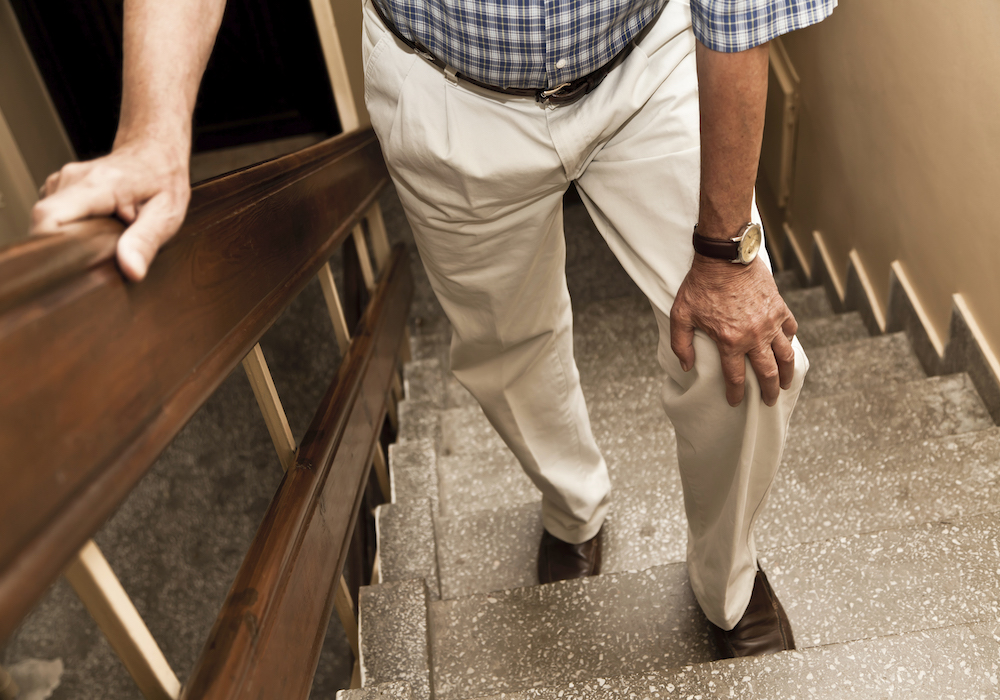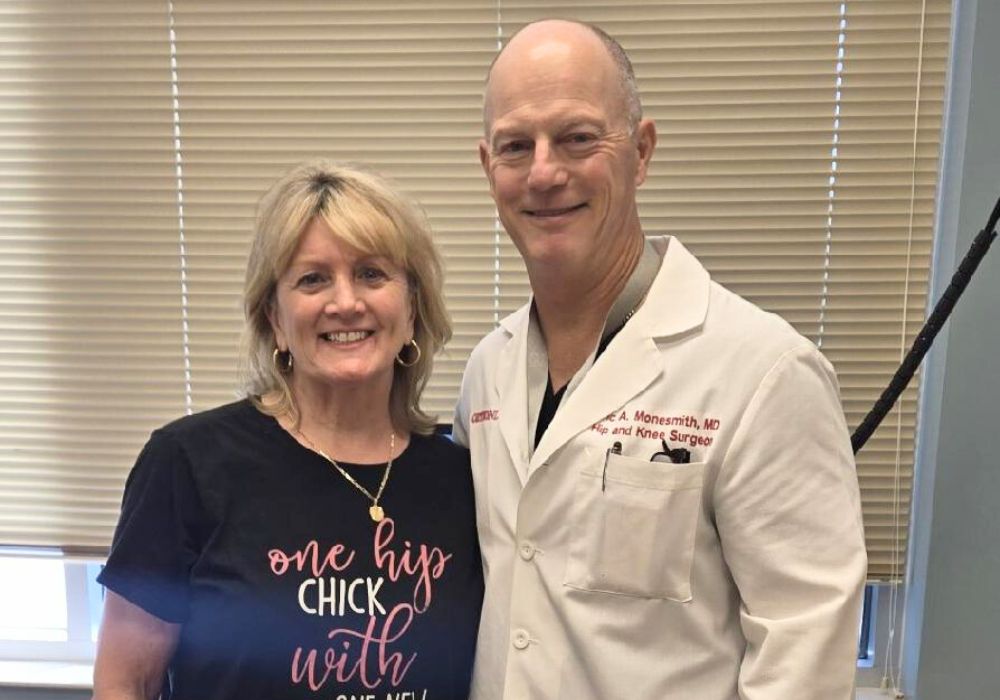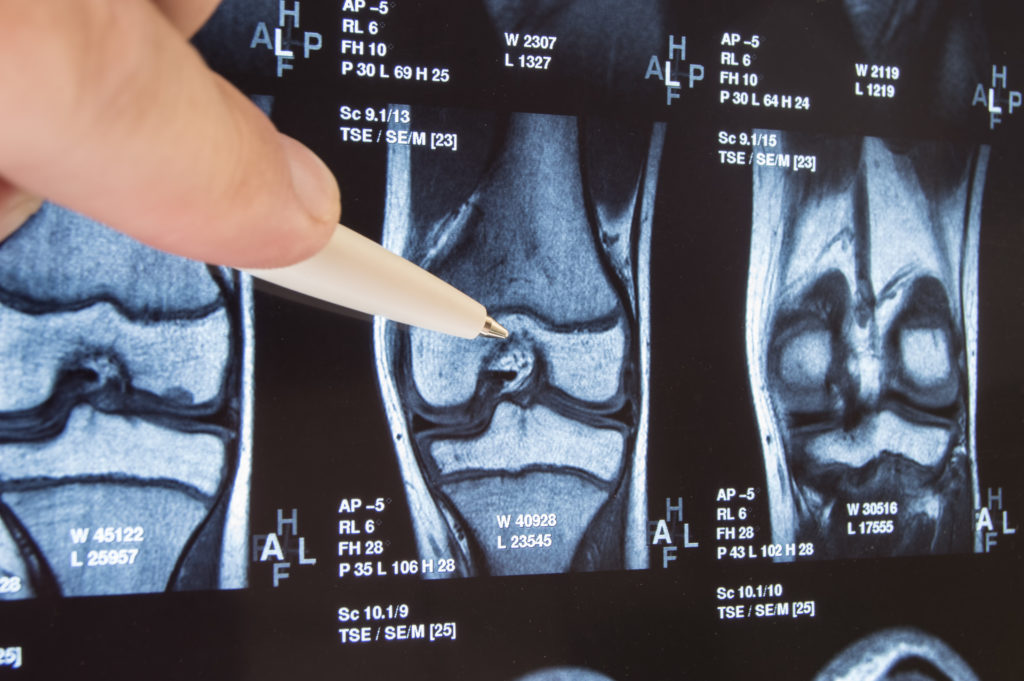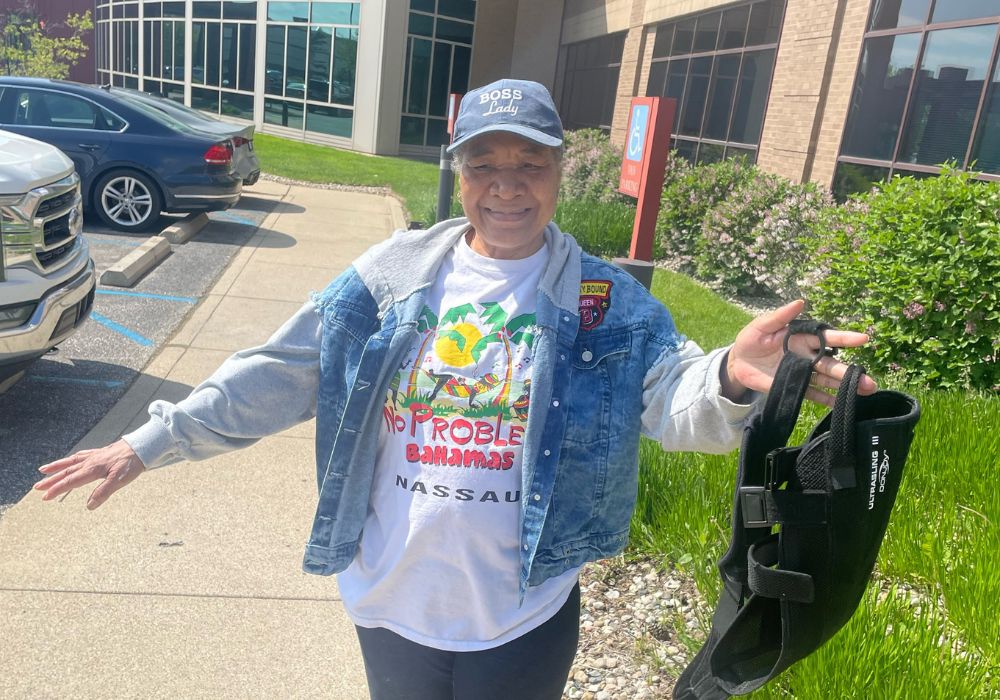THIS IS PART OF THE ULTIMATE GUIDE TO ORTHOBIOLOGIC THERAPIES
Arthritis is the inflammation of one or more of your joints that causes potential cartilage and bone degeneration. Osteoarthritis is the most common type of arthritis and is usually found in joints that hold your weight, like your knees, hips and lower back.
What is osteoarthritis?
Osteoarthritis affects the thick, shiny white cushioning between your bones, called cartilage. Over time, the cartilage breaks down until there is no space between two bones and they rub together, causing stiffness, pain and restricted range of motion.
Osteoarthritis affects your knees, feet, hips, neck and lower back. It can also affect other joints if there was a previous injury.
What causes osteoarthritis?
Although physicians are unsure of the exact cause of osteoarthritis, it seems to happen when your body can’t repair its joint tissue like it usually does.
Osteoarthritis happens when your joints get old and worn down. Repetitive movement breaks down the cartilage and causes your bones to rub together. It is most prevalent if you are over 55 years old and can happen earlier if you participate in a sport where you use one joint repetitively, like a baseball pitcher.
Other factors that can play a role in osteoarthritis are your weight, a previous injury or overusing the joint. There is research suggesting osteoarthritis could be hereditary because you can contract it from a genetic defect in your collagen, which is a very important part of cartilage.
What are the symptoms of osteoarthritis?
- Pain worsening with activity
- Joint stiffness
- Limited range of motion
- Swelling
- Tenderness
- A grating sensation from your bones rubbing together
- Inflammation
How do you diagnose osteoarthritis?
To determine whether you have osteoarthritis, the physician will ask you for a complete medical history, have you describe your symptoms and conduct a physical examination. An X-ray or MRI may be necessary to confirm the diagnosis and determine if there are other problems.
Can osteoarthritis go away?
Unfortunately, there is no cure for osteoarthritis. However, surgery is usually avoidable, and your physician will first prescribe a nonsurgical treatment option. There are several choices to help alleviate your pain.
- Over the counter medication
- Physical therapy exercises
- Occupational therapy
- Cortisone injection
- Tissue and cell injection*
- PRP injection*
- Weight loss
- Stretching
As a last resort, your physician may suggest a total joint replacement surgery if all nonsurgical treatment options are ineffective.
*New studies show PRP and tissue and cell injections are an effective treatment to help ease pain caused by osteoarthritis. Ask your physician if you’re a candidate for these orthobiologic options. These injections are not guaranteed to take effect, but they may help decrease pain and improve function.

Schedule an appointment
Your well-being is important to us. Click the button below or call us to schedule an appointment with one of our orthopedic specialists. If your injury or condition is recent, you can walk right into one of our OrthoIndy Urgent Care locations for immediate care. For rehabilitation and physical therapy, no referral is needed to see one of our physical therapists.





